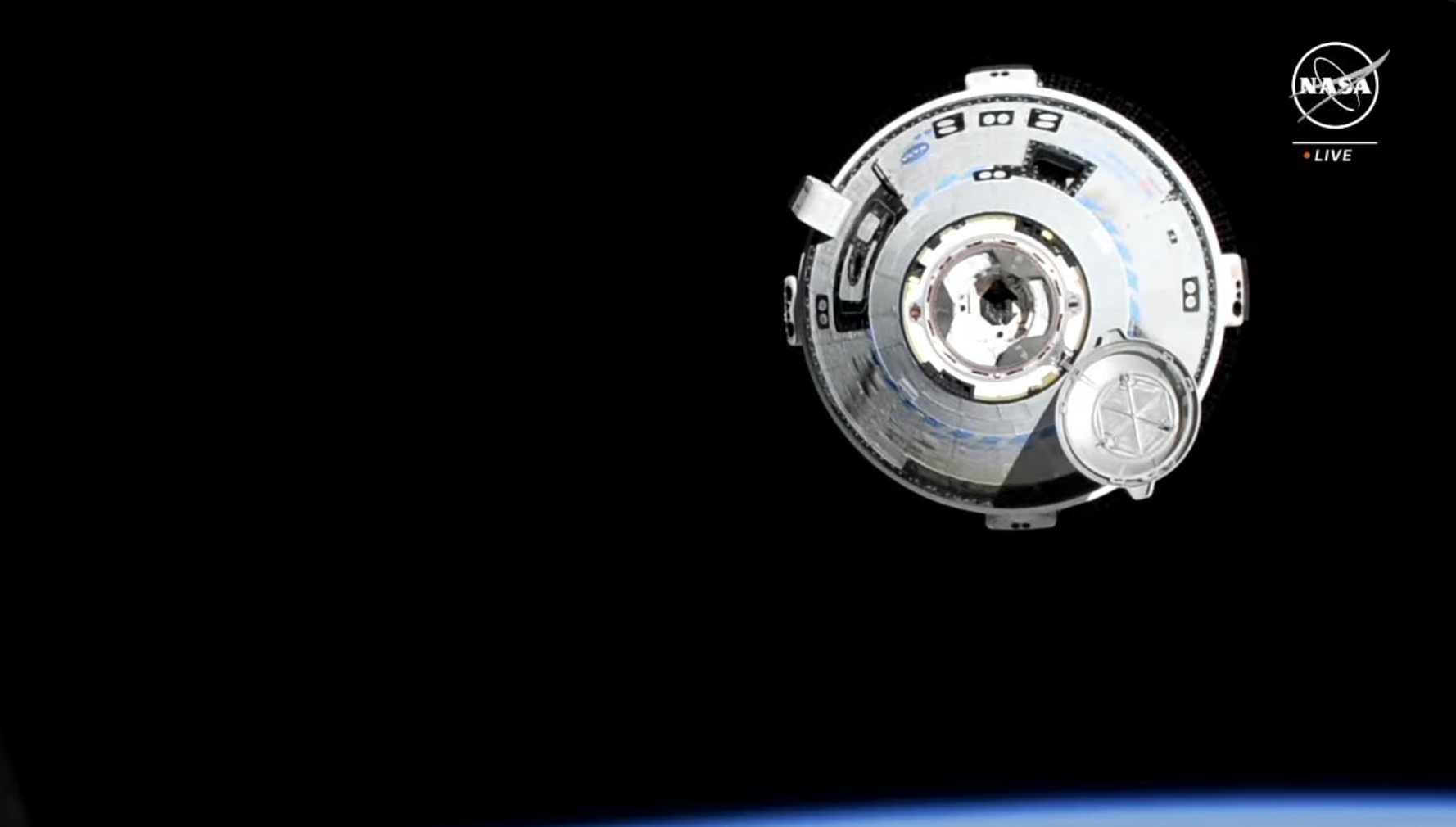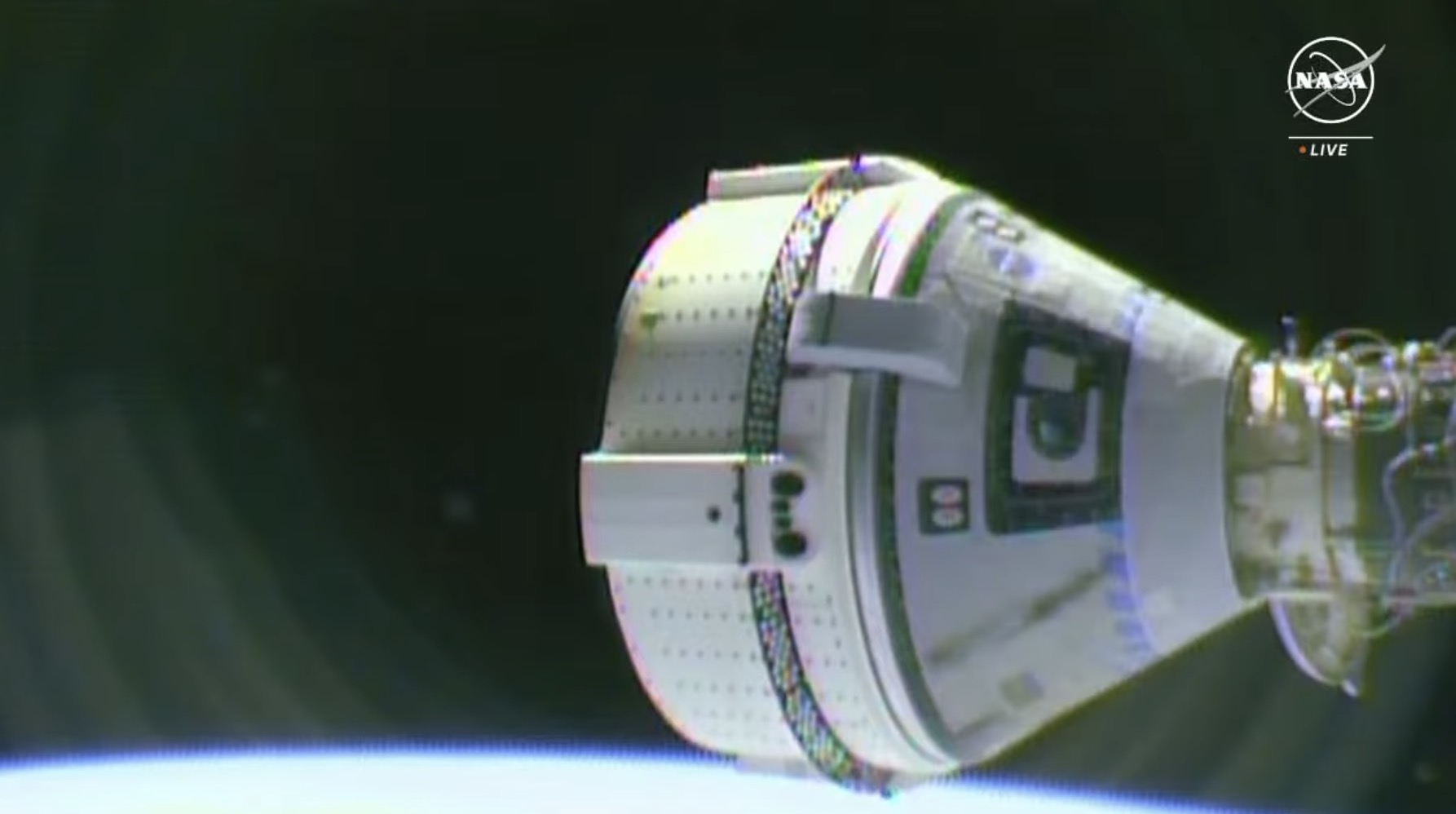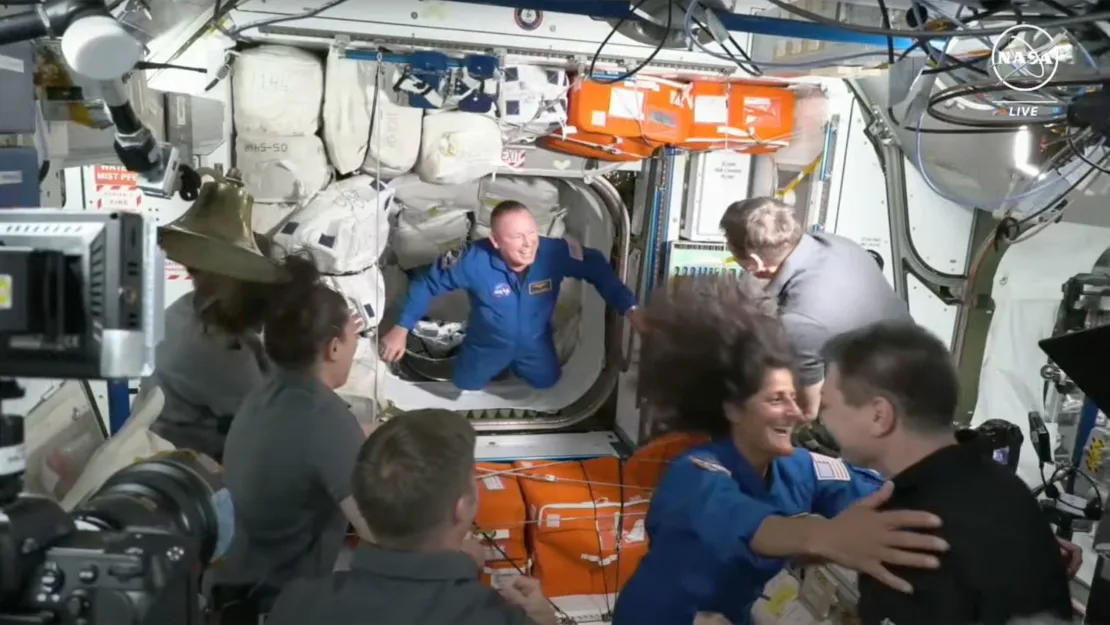The crew of Boeing’s Starliner is preparing to return to Earth this week after historically docking with the International Space Station on Thursday after years of delays to launching the privately developed capsule with humans aboard.
The docking manoeuvre was delayed by last-minute thruster issues, and several new helium leaks were uncovered following a leak that delayed an earlier planned launch last month.
Astronauts Butch Wilmore and Suni Williams are to remain aboard the station for at least eight days, with their earliest possible return set for Friday.
After retiring the Space Shuttle programme NASA contracted Boeing along with start-up SpaceX to build systems for ferrying humans to and from the ISS.

Commercial service
SpaceX began its service in 2020, and Boeing’s Starliner was due to go into operation at around the same time, but was beset by years of delays over technical and safety issues.
Last week’s launch was itself delayed multiple times by last-minute issues, including a helium leak that NASA and Boeing decided was manageable.
Two more leaks appeared hours into the flight and another was discovered after docking.
In a separate development, five of the capsule’s 28 manoeuvring thrusters became disabled, leading to a delay of about an hour during which Wilmore and Williams were able to restart four of the thrusters.
NASA commercial crew programme manager Steve Stich said engineers were working to understand and manage the helium leak issue.
“I think we have some tools in our toolkit to manage this,” he said. “We’ll take a little time to go, assess it and we’ll undock and land when we’re ready.”

Qualifying flight
The mission, named Crew Flight Test, is the final step in qualifying Starliner for NASA service.
It is only the sixth inaugural journey of a crewed spacecraft in US history, after Mercury, Gemini, Apollo, the Space Shuttle and SpaceX’s Crew Dragon.
Williams was the first woman to fly aboard such a mission.
“Nice to be attached to the big city in the sky,” Wilmore said as the vehicle attached to the station.
Williams entered first to music and they embraced the seven residents of the space station.
“We have another family up here, which is just awesome,” Wilmore said. “And we’re just happy as can be to be up in space, one in Starliner on an Atlas V, and then here at the International Space Station. It just doesn’t get much better.”





